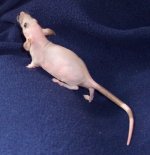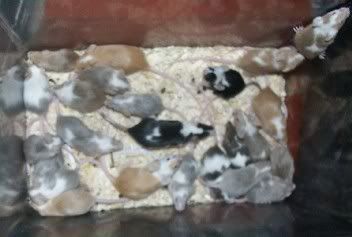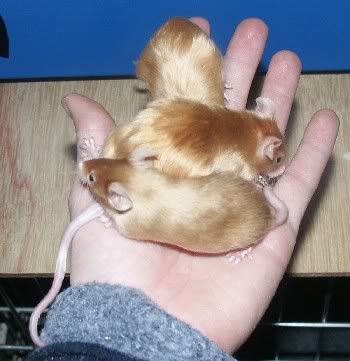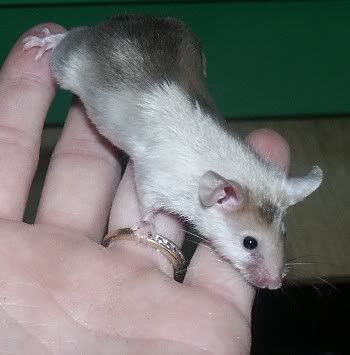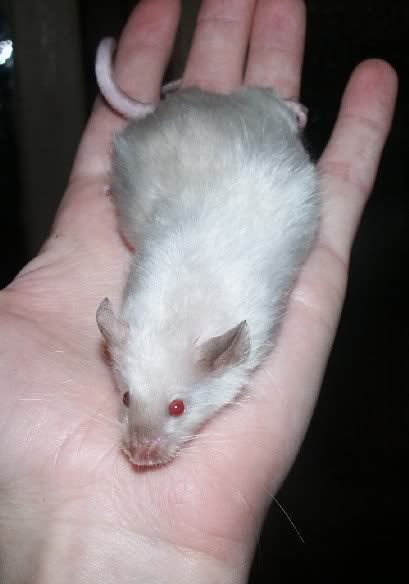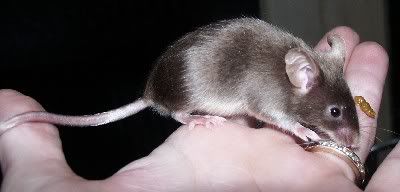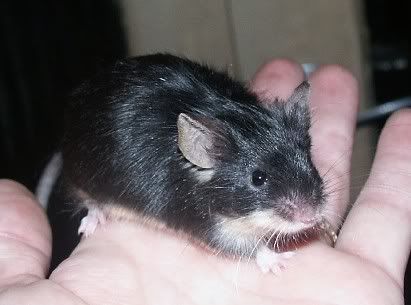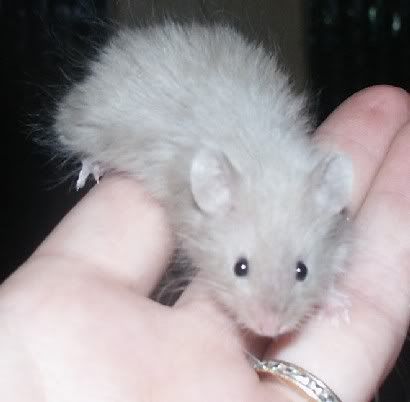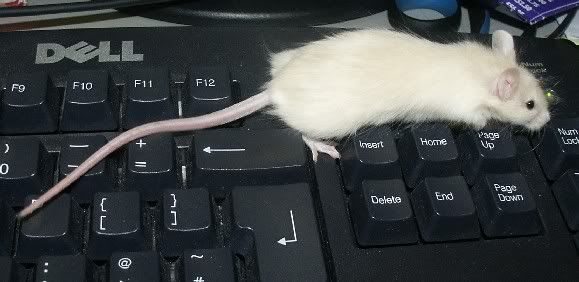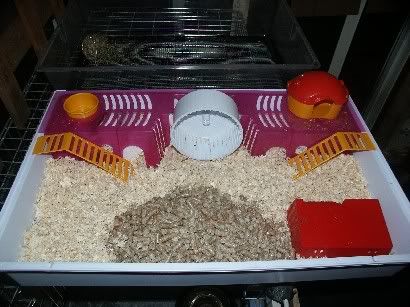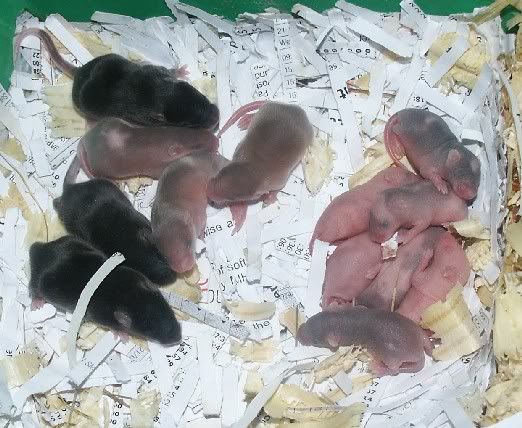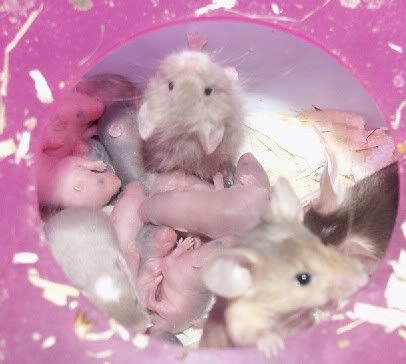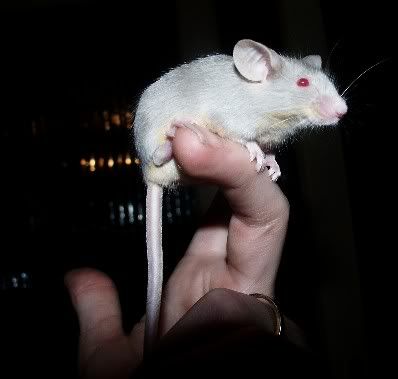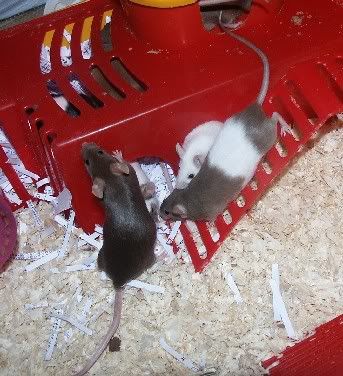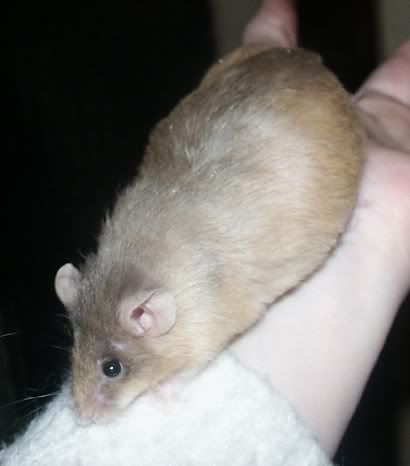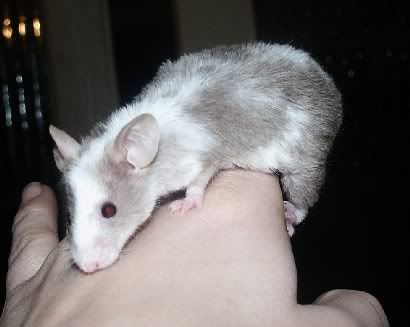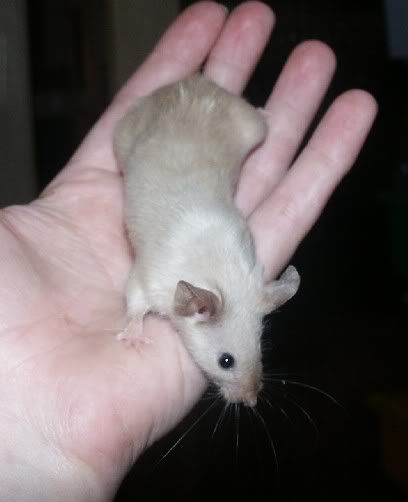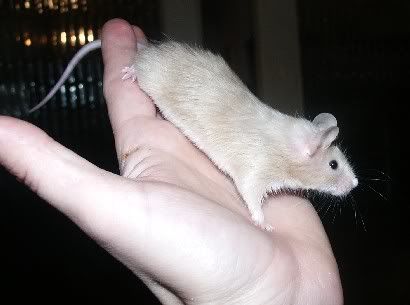just a few more...
i keep upwards of 80 snakes and 40 or so 4 legged scaley beasts.. 12 tanks of fancy mice and 3 tanks of multimammate mice.... the mice take me no more than a few hours full on once a week - to clean out, and thats all they are handled for too... dunno how you guys manage to have skitty ones...
mine are handled from hopper size, but only as i say, once a week, into spare tub, and back out into cleaned tub.. seems to be all they need to be hand happy... the only skitty ones i have, came from a pet shop, and are nutters.... they are in with a tame pair of mine, and calming down slowly though..
water and feed is topped up in the week as needed...
they have these for houses, which enables me to keep a good few females to each male.. rather than the rack systems more commonly seen..
size comparison pics done for people
fuzz VS pink
& pinks/fluffs/small mice
and some other funky colours and patterns
dove tan
lilac banded
red, this strain carries a single copy of the lethal yellow gene, leading to obeseness...
and this is carrying some rex (curly whiskers and crimped coat)
sable siamese
coffee fox..
lol, i could go on, but best not...
makes it more interesting breeding them for colour as well as food... if i am going to have to spend part of my week cleaning out stinky mice, well, then they may as well be easy on the eye, and produce something to keep my attention for a few hours...

N
(i know, yes, i am mad... its the only way to keep life from getting boring!)

